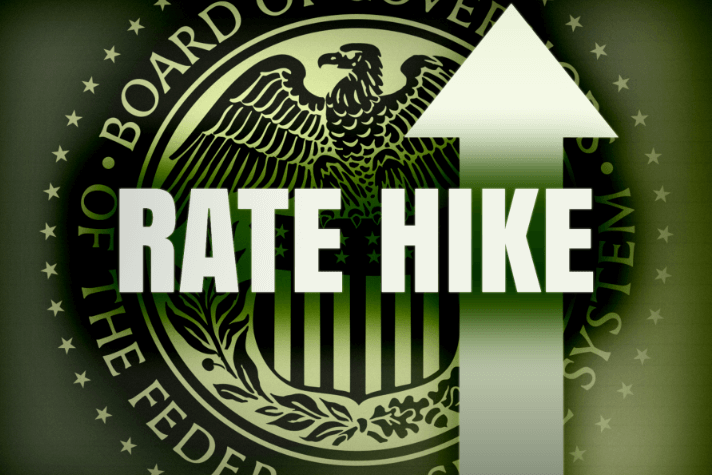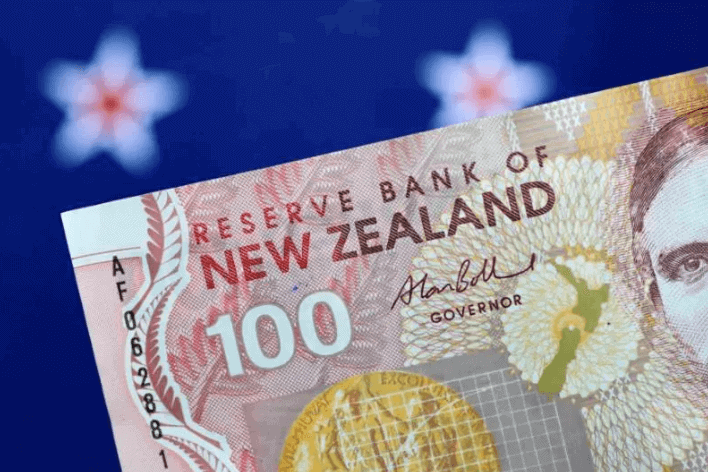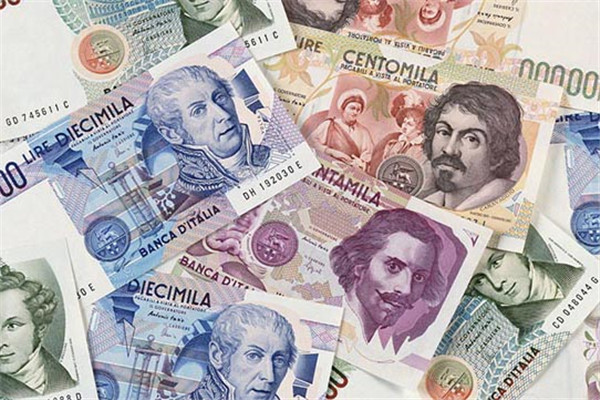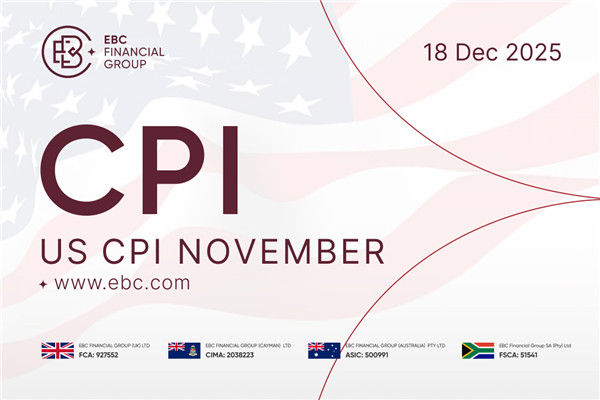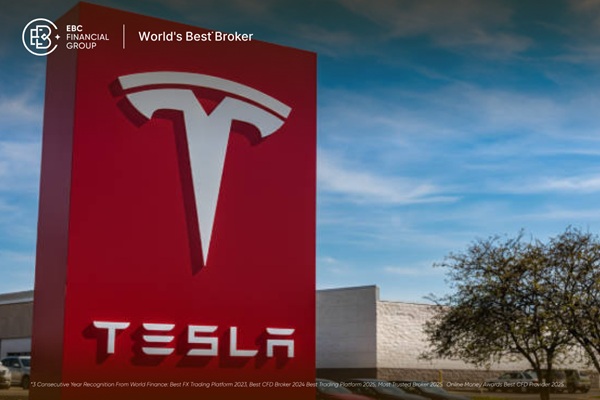The exchange rate, also known as the exchange rate, is a problem with foreign
exchange rates when different currencies trade goods. The so-called foreign
exchange rate is a predetermined exchange rate between different currencies
based on their different gold contents. The gold content of a currency is the
basis for determining the exchange rates of different currencies. The foreign
exchange rate is expressed in terms of the price of one country's currency and
the amount that can be exchanged for another country's currency. When
determining the foreign exchange rate of various currencies, the first step is
to determine which country's currency to use as the standard. Due to different
standards, several different methods of foreign exchange rate pricing have
emerged. The commonly used pricing methods include direct pricing, indirect
pricing, US dollar pricing, and bidirectional pricing.
Direct pricing method
The direct pricing method, also known as the payable pricing method, refers
to calculating the amount of domestic currency payable based on a certain unit
of foreign currency. The vast majority of countries in the world, including
China, currently adopt the direct pricing method. Under the direct pricing
method, the higher the exchange rate, the more domestic currency can be
exchanged per unit of foreign currency, indicating that the foreign currency
appreciates while the domestic currency depreciates. On the contrary, if one
wants to exchange the same amount of foreign currency with a smaller amount of
local currency than before, it indicates a decrease in the value of the foreign
currency or an increase in the value of the local currency, which is called a
decrease in the foreign exchange rate. That is, the value of the foreign
currency is directly proportional to the rise or fall of the exchange rate.
Under the direct pricing method, the smaller amount is the foreign exchange
buying price, while the larger amount is the foreign exchange selling price,
with a difference of 2–5 points during the period. Some prices only include the
middle price. In China, the direct pricing method for the RMB exchange rate is:
1 US dollar = 6.1822 RMB yuan.
The more valuable the domestic currency is, the less domestic currency can be
exchanged per unit of foreign currency and the smaller the exchange rate value.
On the contrary, the less valuable the domestic currency is, the more local
currencies can be exchanged per unit of foreign currency, and the exchange rate
value is greater. Under the direct pricing method, the rise and fall of foreign
exchange rates are inversely proportional to the changes in the value of the
domestic currency: the appreciation of the domestic currency leads to a decrease
in the exchange rate; the local currency depreciates, and the exchange rate
rises. Most countries adopt the direct pricing method. Most exchange rates in
the market are also directly priced. For example, USD to JPY, USD to HKD, USD to
RMB, etc.
Indirect pricing method
The indirect pricing method is also known as the receivable pricing method.
It calculates the amount of foreign currency receivable based on a certain unit
of domestic currency (such as one unit). In the international foreign exchange
market, the euro, pound sterling, australian dollar, etc. are all indirectly
priced. For example, 1 pound = 1.6025 US dollars; 1 euro = 1.5680 Canadian
dollars; 1 euro = 1.0562 US dollars; 1 Australian dollar = 0.5922 US dollars,
etc.
In the indirect pricing method, the amount of domestic currency remains
unchanged, while the amount of foreign currency changes with the comparison of
the value of domestic currency. If a certain amount of local currency can be
exchanged for less foreign currency than in the previous period, it indicates
that the value of the foreign currency increases and the value of the local
currency decreases, that is, the foreign exchange rate increases. On the
contrary, if a certain amount of local currency can be exchanged for more
foreign currencies than in the previous period, it indicates a decrease in the
value of the foreign currency and an increase in the value of the local
currency, that is, a decrease in the foreign exchange rate, that is, the value
of the foreign currency is inversely proportional to the rise and fall of the
exchange rate.
The quotation in the foreign exchange market is generally a two-way
quotation, where the quoting party simultaneously quotes their own buying and
selling prices and the customer decides the buying and selling direction on
their own. The smaller the difference between the buying price and the selling
price, the smaller the cost for investors.
The characteristic of the indirect marking method is that the quantity of
local currency is fixed and unchanged, while the amount converted into foreign
currency changes with changes in the value of local currency and foreign
currency. The rise and fall of exchange rates are represented by changes in
relative foreign currency amounts. If a certain unit of local currency is
converted into more foreign currency than before, it indicates an increase in
the exchange rate of local currency and a decrease in the exchange rate of
foreign currency.
The meanings of exchange rate fluctuations represented by indirect and direct
pricing methods are exactly opposite. Therefore, when quoting the exchange rate
of a certain currency and explaining its exchange rate fluctuations, it is
necessary to clearly determine which pricing method to use to avoid
confusion.
Bidirectional pricing
The quotation in the foreign exchange market is generally a two-way
quotation, where the quoting party simultaneously quotes their own buying and
selling prices and the customer decides the buying and selling direction on
their own. The quoting party bank or broker simultaneously quotes the bid rate
and offer rate to the customer. Due to the two methods of currency quotation,
direct and indirect quotation, in order to facilitate and clearly indicate the
"target currency" of buying or selling.
The smaller the difference between the buying price and the selling price,
the smaller the cost for investors. The normal price difference for interbank
transactions is 2–3 points. The price difference between banks (or traders) and
customers varies greatly depending on the individual situation. Currently, the
price difference for foreign margin trading is basically 3-5 points, Hong Kong
is 6–8 points, and domestic bank firm trading ranges from 10–40 points.
USD list price
The US dollar pricing method, also known as the New York pricing method,
refers to the indirect pricing method used for other foreign currencies in the
New York international financial market, in addition to the direct pricing
method for the pound sterling. The US dollar pricing method was formulated and
implemented by the United States on September 1, 1978, and is currently the
prevailing pricing method in the international financial market. The purpose of
the US dollar pricing method is to simplify quotations and widely compare the
exchange rates of various currencies.
When buying and selling foreign exchange in non-US dollars, the exchange rate
of the currencies of the buyer and seller is calculated based on their
respective ratios to the US dollar. It should be noted that except for the pound
sterling, euro, Australian dollar, and New Zealand dollar, the US dollar pricing
method is already widely used in the international foreign exchange market.
Its characteristic is that the unit of the US dollar remains unchanged, and
the ratio of the US dollar to other currencies is reflected through changes in
the quantity of other currencies. With the rapid increase in foreign exchange
trading volume between international financial markets, an exchange rate
representation is used when quoting prices between banks to facilitate
international transactions.
People refer to currencies with fixed quantities under various pricing
methods as base currencies and currencies with varying quantities as quoted
currencies. Obviously, under the direct pricing method, the benchmark currency
is foreign currency and the pricing currency is local currency; under the
indirect pricing method, the base currency is the local currency and the pricing
currency is the foreign currency; Under the US dollar pricing method, the
benchmark currency is the US dollar, and the pricing currency is the currencies
of other countries.
Disclaimer: Investment involves risk. The content of this article is not an investment advice and does not constitute any offer or solicitation to offer or recommendation of any investment product.











